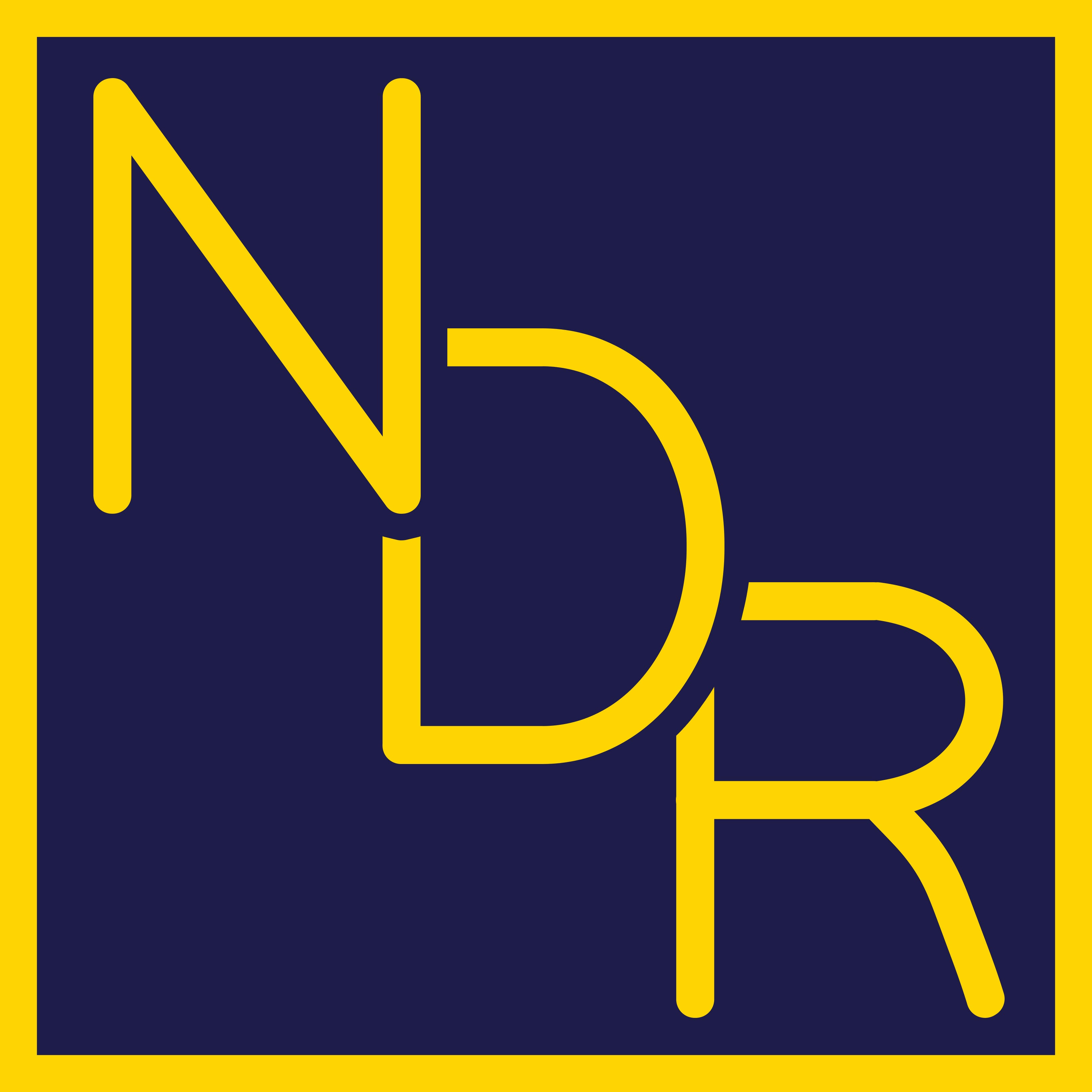The Nintendo Switch, previously known as the NX, is an odd piece of technology with a lot of promise.
This console gives players the chance to play in their living room and on the go, with friends on the big screen or crowded around a small one. There’s a variety of controller inputs for a variety of play options, many revolving around the moveable Joy-Cons (the parts with all them buttons).
Now here’s the real question: What’s inside that box?
Shortly after the initial reveal trailer, NVIDIA announced via their blog that the console is powered by a custom version of their Tegra processor.
“The high-efficiency scalable processor includes an NVIDIA GPU based on the same architecture as the world’s top-performing GeForce gaming graphics cards,” the computer-hardware company wrote in a post on Oct. 20.
Tegra is a line of mobile GPUs (graphics processing units) from the company. They are used to power phones, tablets and laptops alike. According to a report by EuroGamer.net’s Richard Leadbetter, the Switch will be powered by the Tegra X1 chip, the same one used to power their Shield TV boxes.
Of course, as NVIDIA said themselves, it’s a version unique to the Switch, so it’s impossible to say definitively how much stronger or weaker this box is. However, in the same Eurogamer report, they take a look at how well the Shield TV, an Android-based device, ran games.
Doom 3 BFG Edition ran at 720p, 60 FPS on the Xbox 360 and PlayStation 3. With the Tegra X1, the game is at the ideal 1080p60. Trine 2 ran at 720p30 on those consoles but 1080p30 on the Shield TV. That’s not to say every game magically runs better here. Some run way less than ideal, such as .
The difference is the former two are OpenGL games, whereas the latter is not. OpenGL, or Open Graphics Library, is an API. An API is an application programming interface. Think of it as the foundation to build software and applications. It makes sense that games with a similar foundation might port to certain devices well while others don’t.
Now this all wraps back around to the Switch.
“The Nintendo Switch’s gaming experience is also supported by fully custom software, including a revamped physics engine, new libraries, advanced game tools and libraries. NVIDIA additionally created new gaming APIs to fully harness this performance. The newest API, NVN, was built specifically to bring lightweight, fast gaming to the masses,” NVIDIA wrote in the aforementioned post.
So until people start playing the console, we can’t know its power. However, the custom API, NVN tells us that Nintendo will at least keep this at the forefront when developing first-party games. If I was placing bets, I would say expect to play pretty, if not very detailed, 1080p games. This console is incredibly unlikely to be in league with the Xbox One and PlayStation 4.
Now, when away from the TV, what kind of mileage does this thing have?
According to a report by EuroGamer.net’s Tom Phillips, the screen is 6.2” in size, runs at 720p and features a capacitive, multi-touch screen.
By comparison, the Wii U controller was also 6.2” but ran games at the non-HD 480p and had a resistive, single-touch screen.
It’d be the most powerful handheld ever made by a long shot. That, however, raises two big questions.
First, battery life. It’s one thing to watch a 1080p movie from your phone screen and another to run, let’s say, Skyrim. Mobile games are often major drains on batteries, pulling more power than most phone applications. Hopefully that plane ride is either short, has outlets near the seat or you planned ahead for only getting maybe an hour of game time in.
Perhaps the mobile aspect of the Switch has been blown out of proportion, though. According to the Nintendo website, this is “Nintendo’s new home gaming system.” It might not be meant as a 3DS replacement but just a new way to play in short bursts away from the television. Or I’m wrong, Nintendo is soon to abandon the 3DS and jump right into Switch and mobile-game development.
The second question is about performance. What sort of boost does a docked Switch receive, and how does that performance difference affect mobile play? If it’s only visual, that’s minor. But if its framerate drops significantly, that could make one method of gaming preferable to the other.
As I said in the beginning, there’s a lot of promise here. Nintendo has never shied away from unorthodox devices: a handheld platform, a three-pronged console controller, two screens on one device, motion controls, a console with a touch screen. The company’s strength often comes from its ability to make the best of these weird pieces of technology, even at the expense of any other developing being able to crack the code.
We’ll definitely know more by March of 2017 when the console hits store shelves.

